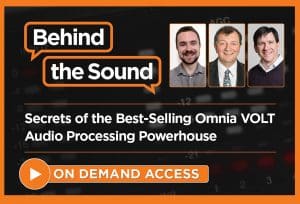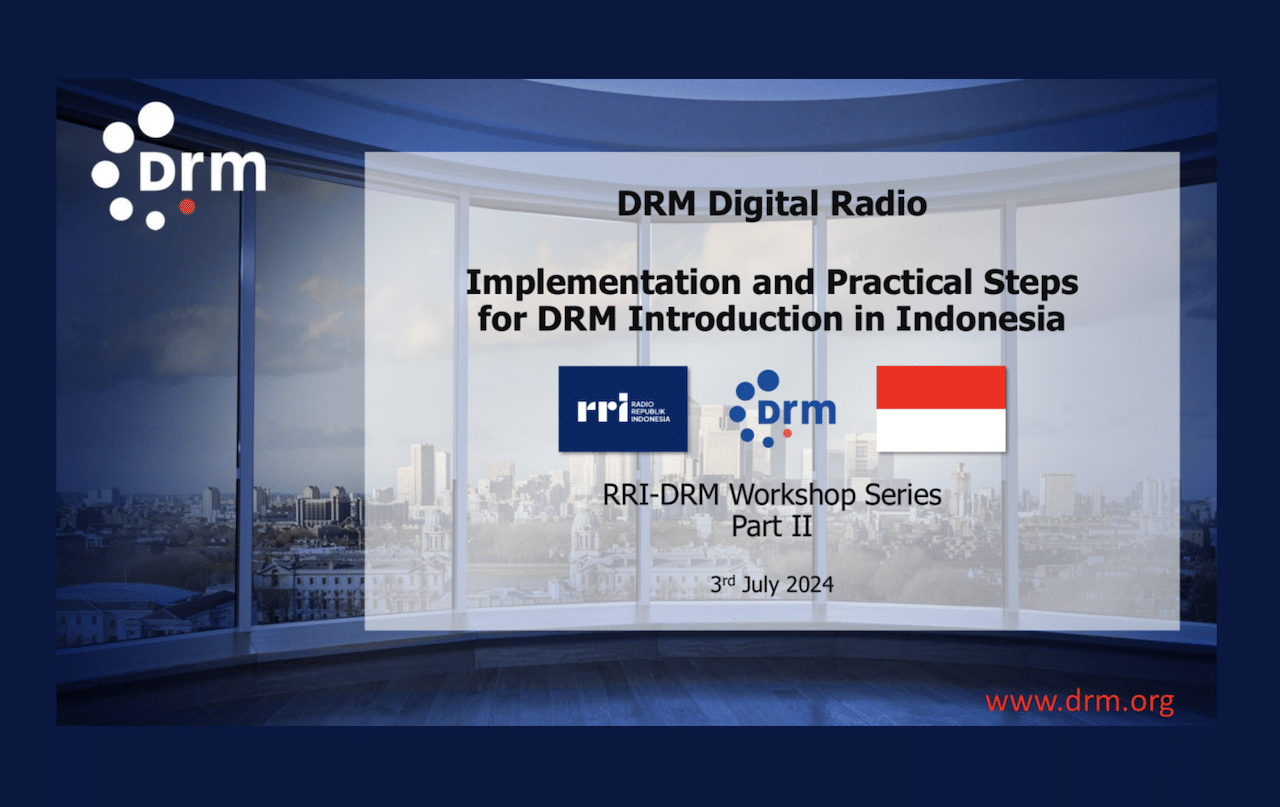
NORTH KOREA — North Korea has doubled its digital radio output. In May this year, the country switched on a second shortwave (3–30 MHz) transmitter broadcasting in Digital Radio Mondiale DRM digital shortwave.
The new transmitter operates on a new frequency of 6140 kHz, with an estimated 50 to 100 kW of power. Given this is North Korea, we don’t know the exact transmitter site. Another transmitter in DRM has been transmitting on 3205 kHz for just over a year.
Both broadcast one of North Korea’s domestic channels, the Korean Central Broadcasting Station. In addition to the DRM transmissions, North Korea also broadcasts KCBS in regular AM mode from several sites on shortwave, medium wave and FM.
The current broadcasts appear to be regular transmissions rather than just tests.
The data shows that the North Koreans are using AAC+, a legacy codec rather than the latest xHE-AAC DRM standard. This is probably a reflection of the software they use to encode the DRM transmissions. The free, open-source Dream software is not capable of xHE-AAC.
They are implementing some of DRM’s features, such as the DRM text feature to text their station identification as well as other short messages. The transmissions also offer higher fidelity than regular AM mode transmissions, and are in parametric stereo.
The increase in DRM output is not surprising. The North Koreans have been experimenting with DRM for a decade. They initially used Chinese-made professional software, and years would sometimes go by between tests. The engineers have tried different DRM configurations, but in recent years have also been using Dream DRM software.
The current broadcasts appear to be regular transmissions rather than just tests. However, DRM suffers from a lack of affordable, simple, stand-alone receivers, so we can probably rule out a general listening audience. Then why have they added regular DRM transmissions?
The most likely use would be as an audio feed to other stations and sites. Radio New Zealand International operates a DRM service in a similar way to feed other stations in the South Pacific cost-effectively. North Korea has historically used conventional shortwave transmissions to provide a feed to other shortwave sites which could suffer from static and fading, which carried through on the rebroadcast stations. Using DRM would eliminate both.
The feed could supply remote sites without internet access or satellite visibility, and adding a second DRM transmitter operating on a separate frequency band would add robustness and reliability to the feed.
In addition, the new frequency provides the best daytime coverage and the old frequency the best night-time usage.
Whatever the reasons, North Korea’s niche use of DRM will improve its feed service.





















